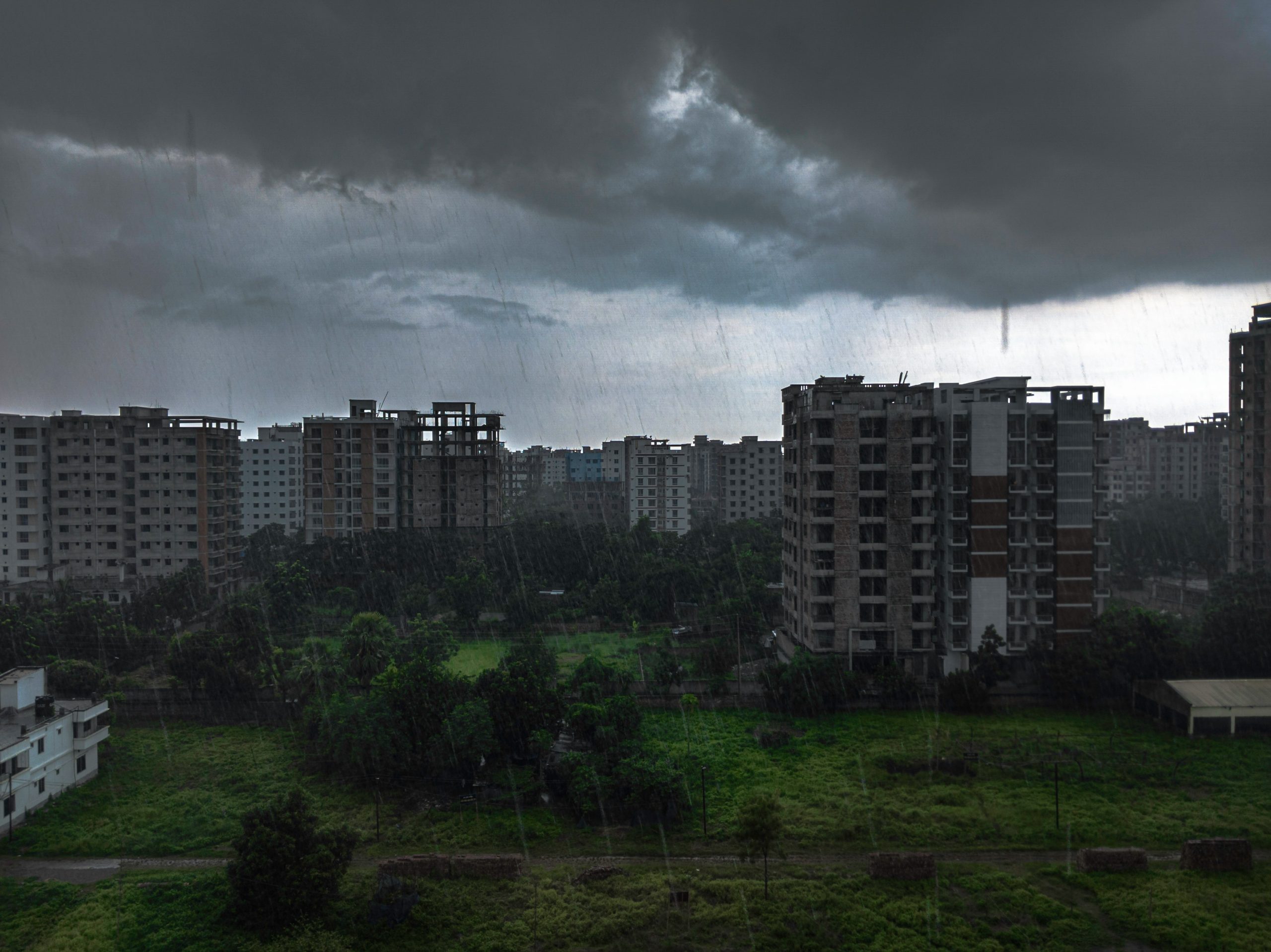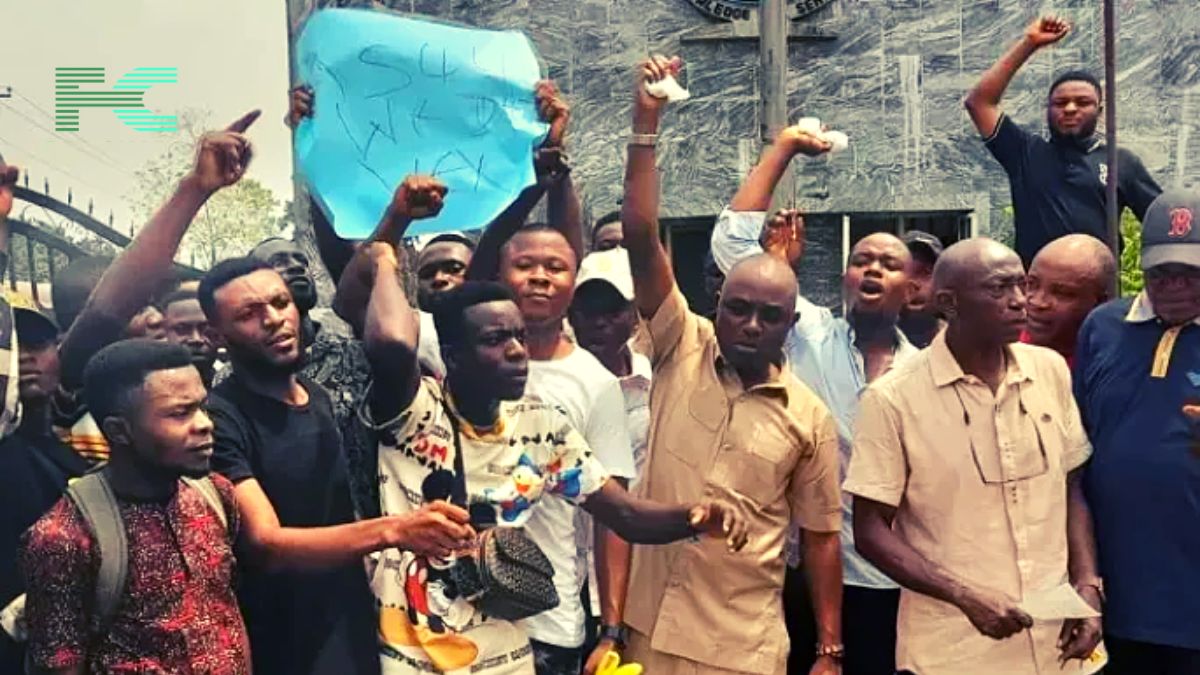India’s financial capital Mumbai faces unprecedented monsoon chaos as torrential rainfall submerged roads, paralyzed transportation networks, and disrupted life for millions of residents.
The India Meteorological Department issued a red alert for the city and neighboring districts after recording 800mm of rainfall in just 96 hours—far exceeding monthly averages and testing the infrastructure of the nation’s economic powerhouse.
Emergency services conducted dramatic rescues of nearly 600 passengers stranded on an overcrowded monorail system, with at least 23 treated for suffocation after being trapped without ventilation on elevated tracks.
Mumbai’s lifeline local train network experienced severe disruptions with thousands of commuters stranded for hours on platforms as services delayed overnight finally departed the following morning.
Air travel suffered equally significantly, with approximately 50 flights canceled at Chhatrapati Shivaji Maharaj International Airport as runways faced waterlogging challenges.
Budget carrier IndiGo warned passengers of ongoing “air traffic congestion and impact on flight operations” due to continuing severe weather conditions, highlighting the aviation sector’s vulnerability to monsoon disruptions.

Viral social media videos revealed residents swimming through waist-deep water as garbage surged from clogged drainage systems, exposing persistent infrastructure weaknesses in the city of 12 million.
Opposition leader Aaditya Thackeray condemned the “absolute collapse of governance,” noting that new waterlogging spots emerged around recently constructed infrastructure despite massive investments in coastal roads and metro systems.
Evacuations and Rain-Related Deaths Rise Across Maharashtra
The human impact continues growing with at least 21 rain-related fatalities reported across Maharashtra state in four days, while emergency crews evacuated 350 residents from low-lying areas to temporary shelters. The crisis extended beyond Mumbai to surrounding districts under red alert warnings, though meteorologists predicted improving conditions later in the week. The concentration of deaths and evacuations in vulnerable communities highlighted socioeconomic disparities in disaster vulnerability within the densely populated metropolitan region.
Why It Matters
While monsoon rains are expected in Maharashtra during this period, the intensity and concentration of this year’s downpour exceeded historical patterns, delivering August’s typical rainfall in just four days.
Climate scientists note such extreme precipitation events are becoming more frequent and intense due to changing climate patterns, testing the resilience of urban centers like Mumbai that combine colonial-era drainage systems with rapid modern development.










